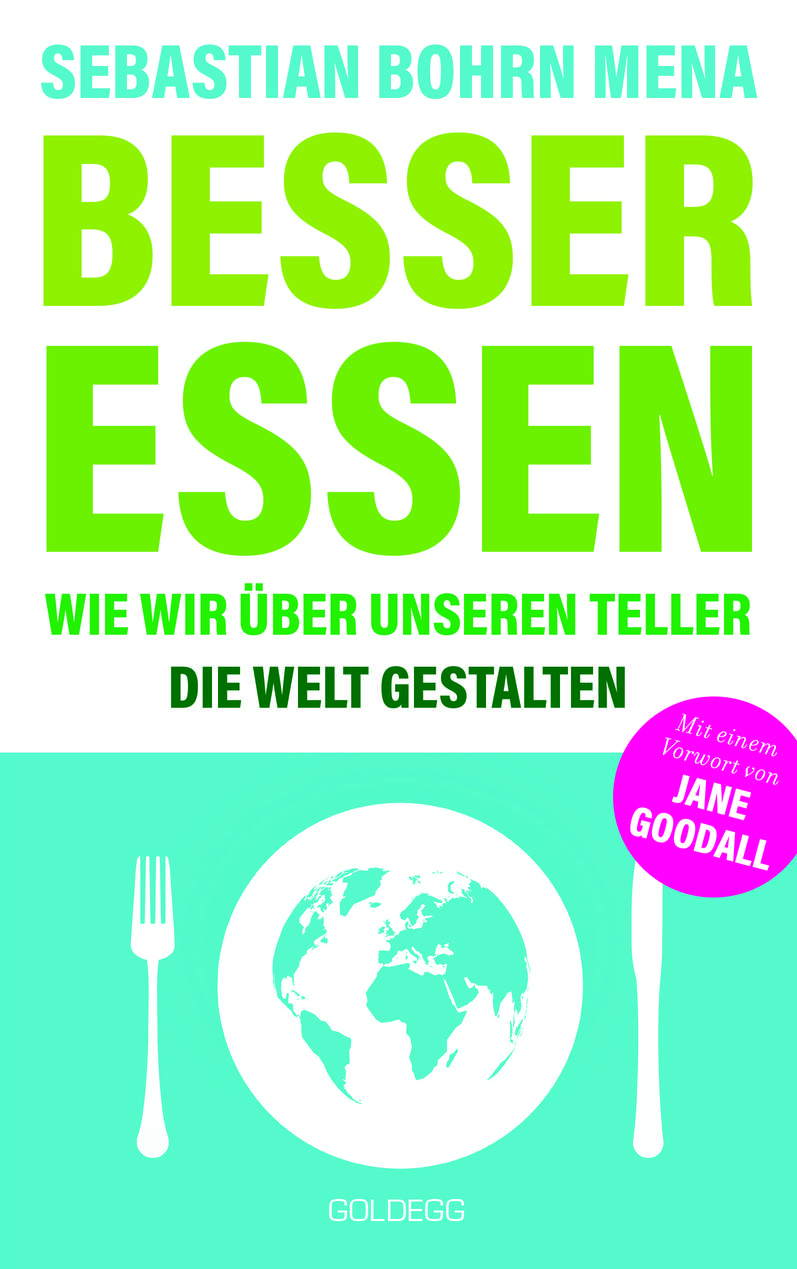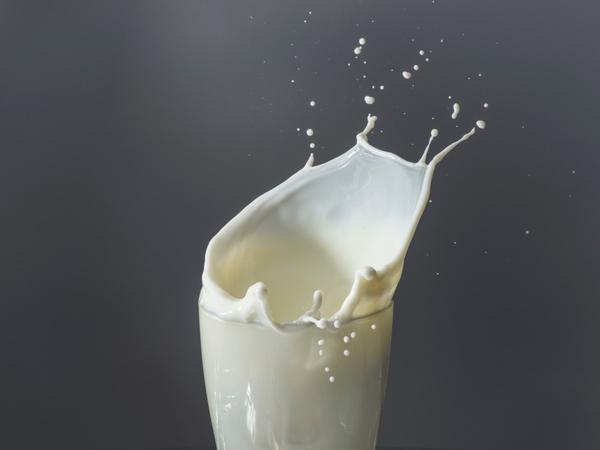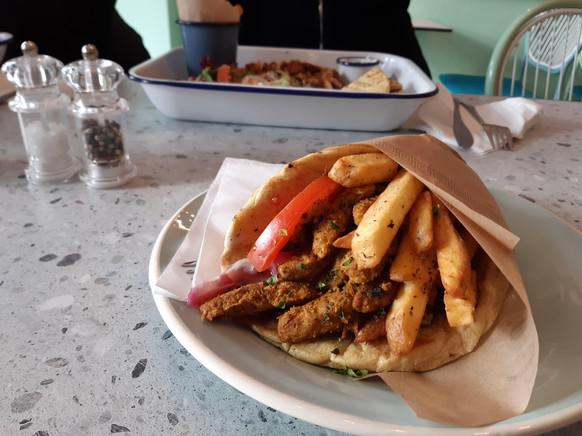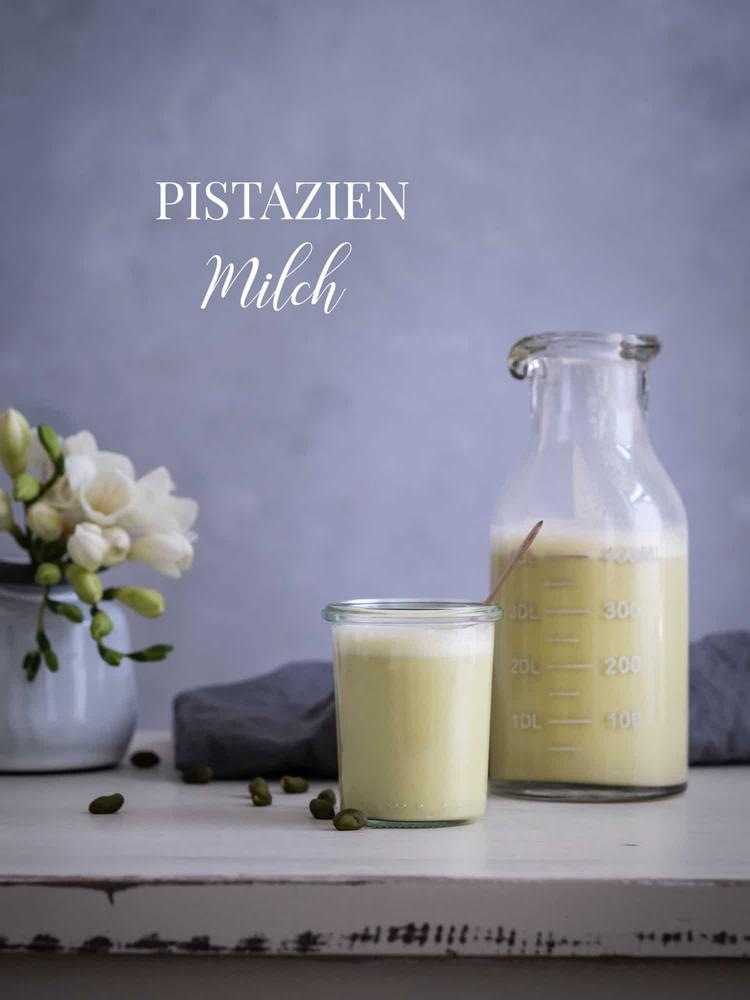
Did you know, ...
... that in Chile two avocados need more than 1,000 liters of water per day to be able to grow, and that the inhabitants of certain regions therefore often no longer have access to drinking water? For comparison: To produce one kilo of tomatoes you need around 150 liters of water, one kilo of lettuce needs 120 liters of water.
… that North Sea crabs are carted across Europe to Morocco, where they are then shelled by hand? It's still cheaper than peeling them on the spot. Incidentally, the crabs are then immediately transported back to Holland, where they are further processed.
... that a dairy cow in Austria, Germany or Switzerland has to produce up to 40 liters of milk per day? That's a total of more than 12,000 liters of milk per year! For the cow, this is an enormous physical effort and completely unnatural, because she only needs eight liters of milk a day to suckle her own calf.
… that in Burkina Faso, Africa, a liter of fresh milk from local production costs about three times as much as a liter of powdered milk from Europe? In a nutshell: From the farmer in Bavaria to the dairy, processing and packaging there, then transport by ship to Africa, processing and packaging again on site and finally transport to the store. And in the end, this liter of milk costs 35 cents! How does that turn out? Because in this case not only animals and nature foot the bill, but also the European taxpayer.


... that in Austria between five and seven farms close forever every day? At the turn of the millennium there were still almost 220,000 farms, in 2016 there were only 160,000 and for 2025 it is assumed that there will be 130,000 farms at best.
… that small farms in Austria can hardly make a living from their products? Because the following principle applies to agricultural subsidies: the larger the farm, the more land and the more animals, the more money there is from the state and the EU. This further intensifies the concentration, the companies are getting bigger and fewer.
Conscious consumer behavior. What ends up on our plates has a major impact on our environment. Humans can influence the well-being of animals as well as the state of nature and the climate through their diet. Sebastian Bohrn Mena describes how this works in his current book “Besseressen”. Key word: conscious consumer behavior.
Because at the moment it is still the sad reality that it is primarily about producing more and more cheaply. What falls by the wayside is the appreciation for living beings and food. "It is currently the most profitable and also completely legal to treat animals and nature miserably," explains the Chilean-Austrian economist and publicist, who also initiated the "animal protection people's initiative" at the beginning of the year.
Animal welfare on paper and in practice. Animal protection even has constitutional status. So there is a legal obligation to look after the well-being of animals and to protect them from fear and pain. That's the claim, but unfortunately the reality is often different. Because we as consumers have learned to separate the animal from the product. This apparently makes it easier to buy or consume products that were manufactured under questionable circumstances. That is why Sebastian Bohrn Mena also insists on finally making the system in the food sector more transparent. At the moment, for example, a restaurant does not have to declare if the eggs in the Kaiserschmarren come from Argentinian cage farming or the chicken in the sliced meat from Ukrainian factory farming.
Nature pays the true price. He's a vegetarian himself, but it's not about everyone having to give up meat to save the world. "I don't want to point my finger at anyone," Bohrn Mena insists. "I would rather like to show that everything is much more complex than it seems at first glance - especially when it comes to our diet. Taking the avocado as an example, it is nature that pays the true price. Because if we factored in the huge environmental impact, we could no longer afford it.”







